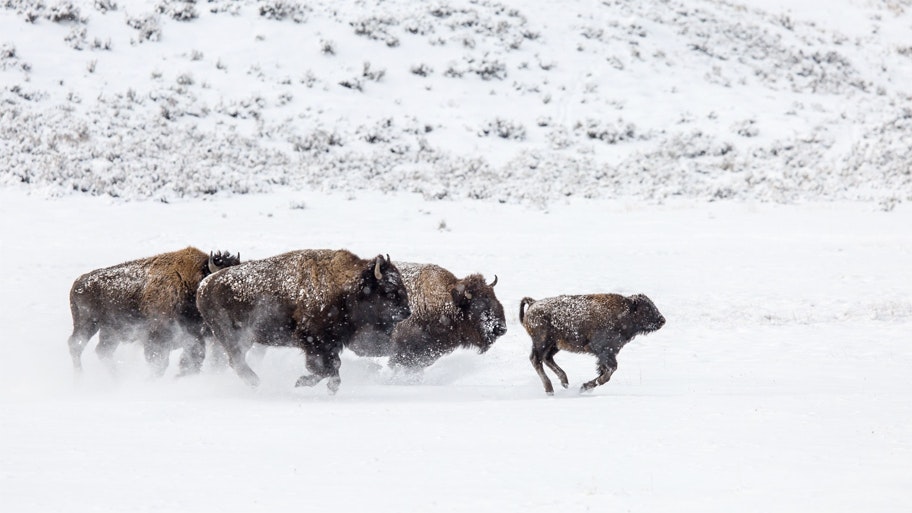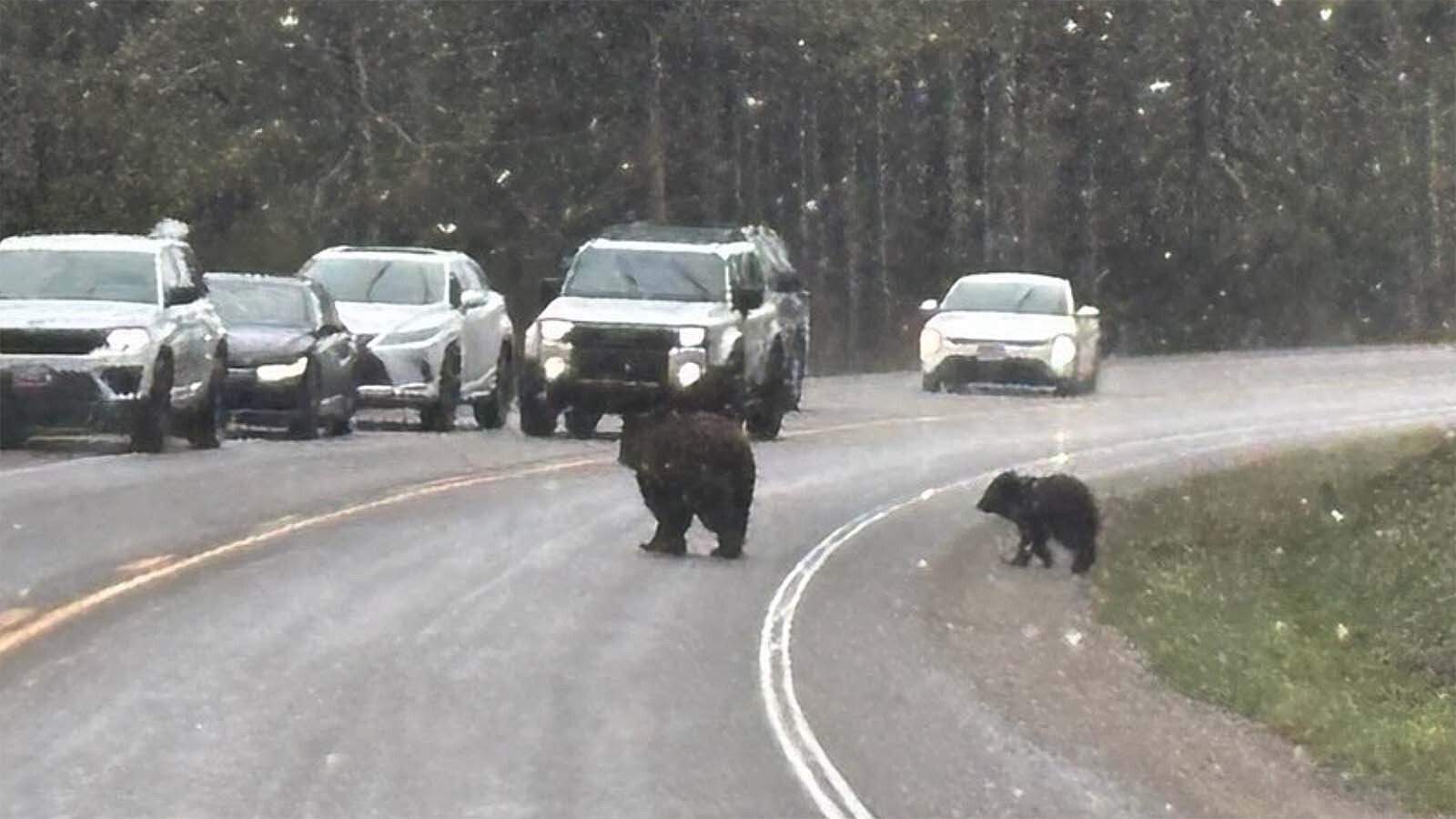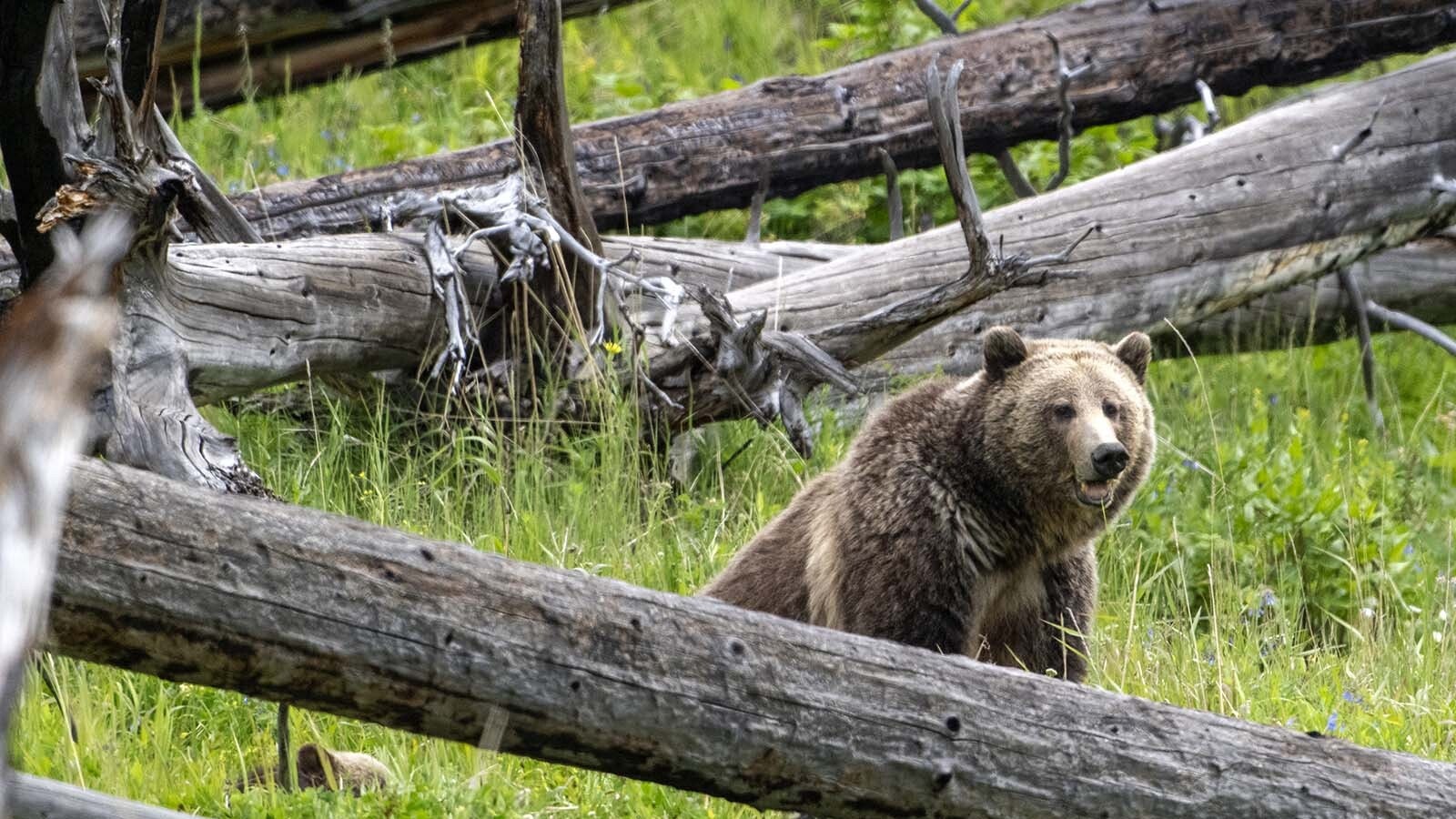Yellowstone Park tourists sometimes must learn the hard way that bison are essentially organic tanks with hooves instead of tracks.
And yet the current winter has been so bad, even the mighty bison are being driven out of the park on the Montana side, where roughly 1,000 have been shot by hunters.
Culling bison is sometimes necessary, and most of the killing this year has been through special hunts for members of several Native American tribes, Montana State Veterinarian Marty Zaluski told Cowboy State Daily.
The number of bison fleeing the park is unprecedented, National Park Service spokeswoman Morgan Warthin told cowboy State Daily.
"The winter of 2022/2023 has been the largest migration out of the park in recent history (decades); likely due to heavy snows and very cold temperatures causing large numbers of bison to move to lower elevations in the Gardiner Basin to find food," she said.
Bison began leaving Yellowstone in large numbers in December, Warthin said.
That month, 13 bison, likely driven by hunger to the roadside, were struck and killed by a semi-truck near West Yellowstone, Montana. Zaluski told Cowboy State Daily at the time that it was the worst such accident he'd ever seen.
Winter Hits Hard
Montana's regular bison hunting season ran from Nov. 15- Feb. 15, and only a handful of the huge critters were killed by non-tribal hunters then, Zaluski said.
The Yellowstone Herd was up to roughly 6,000 bison when this winter hit, he said.
As one of the worst in recent memories, this winter has killed tens of thousands of antelope and deer in central and southwest Wyoming, and there have been reports that large numbers of elk which are usually hardy winter survivors have also been dying.
Wildlife officials in northwest Colorado reported similar winterkill losses.
And Yellowstone hasnt escaped either, Zaluski said. Unusually heavy snowfall has covered much of the park.
"West Yellowstone is buried," he said.
To make matters worse a warm spell in December caused some of the surface snow to melt, only to freeze back over in a hard crust when temperatures plunged again.
"Bison are incredibly resilient and by virtue of their sheer mass can dig and pound through snow to get to food that other species just cant reach," Zaluski said. However, the snow in Yellowstone has been so bad, even they have decided to give up and move on.
How badly the park's other wildlife has been suffering isn't known, Warthin said, though apparently some bison have perished.
"Regarding winterkill numbers, we don't do park-wide surveys for winterkill. However, we are seeing some winterkill during our wolf study monitoring (both bison and elk) and expect more given the severity of the winter," she said.
John Dutton Would Be Very Upset
Bison crossing into Montana has long been a point of contention, particularly for that state's ranchers.
A large portion of the Yellowstone Bison herd carries brucellosis a disease that causes pregnant cattle to spontaneously abort their calves. So, ranchers dont want the bison anywhere near their cows.
Montana established a "tolerance zone," where bison are free to wander out of the park and into the Gardiner Basin, without the fear of cattle being infected, Warthin said.
However, the severe winter has been driving large numbers well beyond the tolerance zone, Zaluski said.
They've even been pushing into the Paradise Valley region which is the setting for the fictional Dutton Family Ranch in the popular streaming service series "Yellowstone." So, it's likely that the family patriarch, John Dutton (played by Kevin Costner) wouldn't be pleased by the current turn of events.
Rigorous Testing
Some of the bison leaving the park that haven't been killed by hunters have been rounded up and are being kept in pens, where they're undergoing intensive testing for brucellosis, Zaluski said. Some that test positive will be killed.
Others, once certified disease-free, will be shipped off and released on tribal lands near Fort Peck, Montana, he said. The culling and relocation could amount to several hundred more animals being cut from the Yellowstone herd.
But bison numbers should rebound quickly, Zaluski added.
"A good rule of thumb is that they increase their numbers by about 13 - 14% per year," he said.





